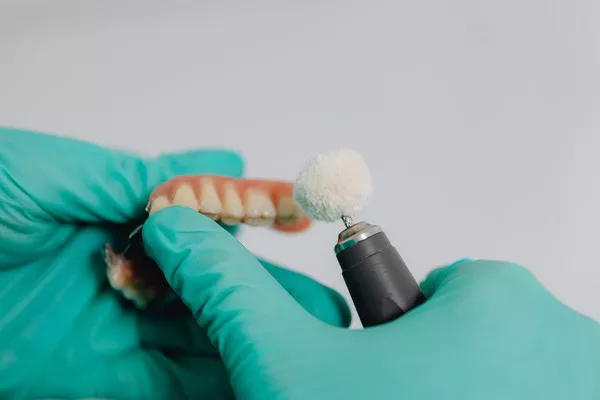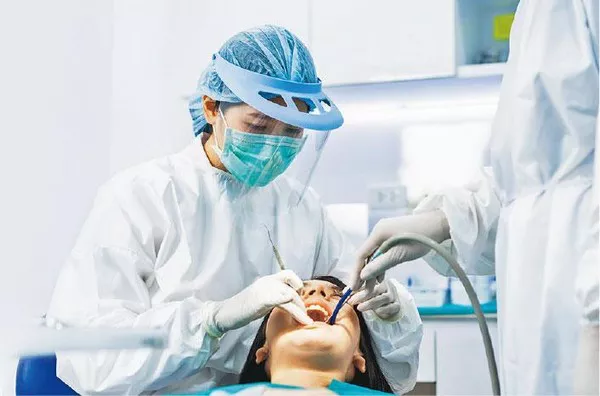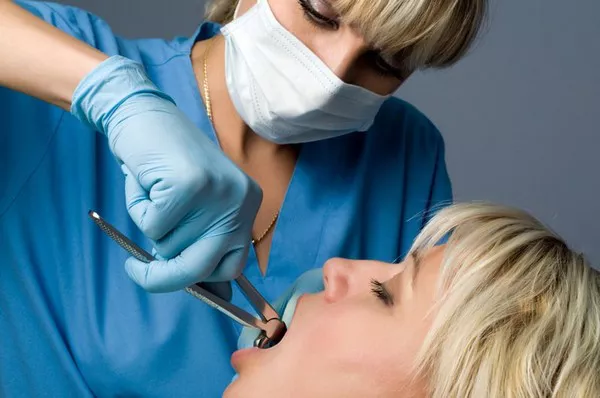Retainers are an essential part of orthodontic treatment, designed to keep your teeth in their new positions after braces or other corrective procedures. However, some individuals experience discomfort and pain in their gums while wearing retainers. Understanding the common causes, identifying the specific reasons for the pain, and following recommended solutions can help alleviate this discomfort. This article will explore why retainers might hurt your gums and provide practical advice for relief.
Common Causes of Retainer-Related Gum Pain
Poor Fit
One of the most common reasons for gum pain caused by retainers is a poor fit. If your retainer is too tight or doesn’t align correctly with your teeth, it can exert excessive pressure on your gums. This pressure can lead to soreness and irritation. Over time, as your teeth shift slightly, a previously well-fitting retainer may no longer fit as comfortably, exacerbating the problem.
Sharp Edges or Projections
Retainers are typically made from durable materials like acrylic and metal, but they can develop sharp edges or projections due to wear and tear or damage. These rough areas can rub against your gums, causing pain and discomfort. Even a small imperfection can lead to significant irritation if it continually presses against the delicate gum tissue.
Pressure Points
Certain parts of the retainer, especially wires or clasps, may apply pressure to specific areas of your gums. This localized pressure can cause pain and discomfort, particularly if the retainer is not properly adjusted. These pressure points are often the result of an ill-fitting retainer or one that needs adjustment due to changes in the positioning of your teeth.
Gum Sensitivity
Some individuals naturally have more sensitive gums, which can make them more prone to irritation from retainers. This sensitivity can be due to genetics, gum health, or previous dental work. Sensitive gums are more likely to react to the pressure and friction caused by wearing a retainer, leading to discomfort.
Inflammation
Inflammation of the gums, also known as gingivitis, can make your gums more sensitive and prone to pain when wearing a retainer. Poor oral hygiene, such as infrequent brushing and flossing, can lead to plaque buildup and gum inflammation. Additionally, food particles trapped by the retainer can contribute to this inflammation, further irritating the gums.
Identifying the Cause
Examine the Retainer
To identify the cause of your gum pain, start by carefully examining your retainer for signs of damage, sharp edges, or misalignment. Run your fingers along the edges to feel for any rough or sharp areas. Inspect the retainer for cracks or other visible signs of wear and tear.
Check for Pressure Points
Next, check for specific pressure points on your gums that correspond to the retainer. Pay attention to where the pain is most pronounced. If certain areas of the retainer are pressing more intensely on specific parts of your gums, this could be the source of the discomfort.
Timing and Triggers
Consider when the pain is most noticeable. Is it more pronounced after wearing the retainer for a longer period, such as overnight? Does the pain increase after eating certain foods? Identifying patterns can help pinpoint the cause of the irritation and provide clues for addressing it.
Solutions and Recommendations
Contact the Orthodontist
The most effective way to address retainer-related gum pain is to schedule an appointment with your orthodontist. They can professionally assess the fit and condition of your retainer and make any necessary adjustments. Your orthodontist might trim or smooth any rough edges, adjust the retainer to better fit your teeth, or even recommend a new retainer if the current one is too damaged.
Temporary Relief
While waiting for your orthodontist appointment, there are several methods you can use to achieve temporary relief from retainer-related gum pain:
Dental Wax: Apply a small amount of dental wax to the areas of the retainer that are causing discomfort. This can create a barrier between the retainer and your gums, reducing friction and pressure.
Saltwater Rinse: Rinse your mouth with warm saltwater to help soothe irritated gums. This can also promote healing if there are any small cuts or sores.
Over-the-Counter Pain Relief: Consider using over-the-counter pain relievers like ibuprofen or acetaminophen to manage pain and reduce inflammation.
Oral Hygiene
Maintaining good oral hygiene is crucial for minimizing irritation and inflammation. Brush your teeth at least twice a day with a soft-bristled toothbrush, and floss daily to remove plaque and food particles. Using an antimicrobial mouthwash can also help reduce bacteria that cause gum inflammation.
Avoid Irritants
Certain foods and beverages can irritate your gums and exacerbate discomfort. Avoid spicy foods, citrus fruits, and acidic beverages like soda and orange juice. Stick to a diet that is gentle on your gums until the pain subsides.
See Also: What Does An Orthodontist Offer Besides Braces
Retainer Maintenance
Regular Cleaning
Keeping your retainer clean is essential to prevent debris and bacteria buildup that can cause gum irritation. Here are some tips for effective retainer cleaning:
Daily Cleaning: Clean your retainer daily with a soft toothbrush and non-abrasive toothpaste or mild soap. Avoid using hot water, as it can warp the retainer.
Soaking: Soak your retainer in a denture cleaner or a solution of equal parts water and vinegar once a week to remove stubborn plaque and bacteria.
Rinse After Eating: Rinse your retainer with water after eating to remove food particles and prevent buildup.
Proper Storage
When not in use, store your retainer in a protective case to prevent damage. Avoid placing it in areas where it could be exposed to extreme temperatures or pressure, as this can cause it to warp or crack.
Additional Tips
Preventing Glue Buildup
To minimize the buildup of glue and ensure the longevity of your orthodontic treatment:
Follow Orthodontist’s Instructions: Adhere to the care instructions provided by your orthodontist.
Avoid Hard and Sticky Foods: Foods like caramel, popcorn, and nuts can dislodge brackets and contribute to glue buildup.
Good Oral Hygiene: Brush and floss regularly to keep your teeth and braces clean.
Identifying Problems
It is crucial to recognize signs of potential issues with your orthodontic appliances:
Loose Brackets: If a bracket feels loose, contact your orthodontist immediately.
Pain or Discomfort: Persistent pain or discomfort should be addressed by a professional.
Changes in Tooth Alignment: Any noticeable changes in the alignment of your teeth or bite should be evaluated by your orthodontist.
Finding a Qualified Orthodontist
If you are seeking professional help for glue removal or other orthodontic issues, finding a qualified orthodontist is key:
Referrals: Ask for recommendations from your dentist, friends, or family.
Research: Look for orthodontists with good reviews and professional credentials.
Consultations: Schedule consultations with a few orthodontists to find one you are comfortable with.
Conclusion
Removing orthodontic glue is a delicate process that should ideally be handled by a professional to avoid potential damage to your teeth and orthodontic appliances. While DIY methods are available, they carry significant risks and are not recommended. Proper aftercare and regular dental checkups are crucial to maintaining your dental health post-removal. By following professional advice and taking good care of your teeth, you can ensure the success of your orthodontic treatment and enjoy a healthy, beautiful smile.
You Might Be Interested In



























